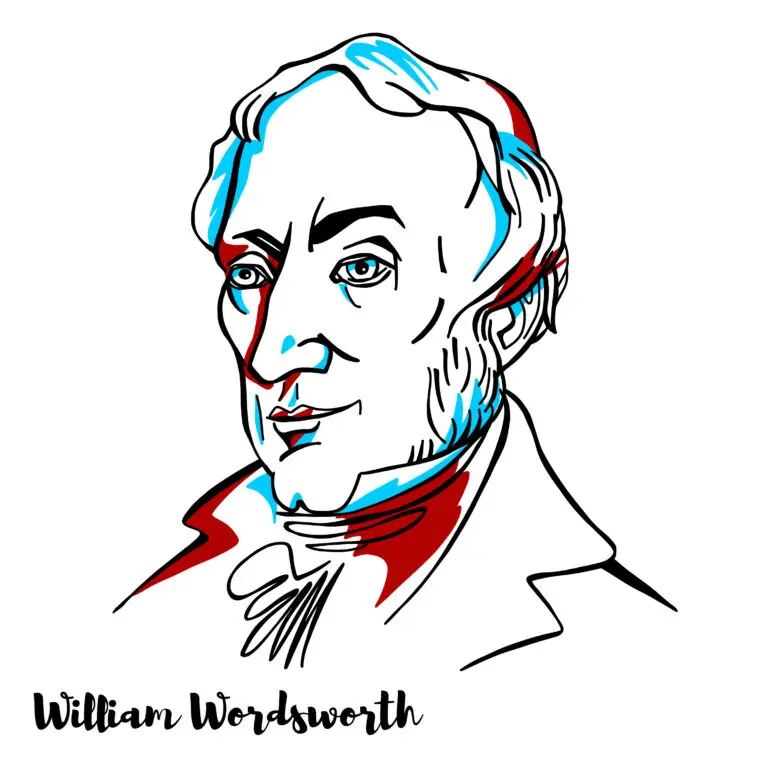Romanticism

Table of Contents
The Romanticism Period
Romanticism was a cultural, artistic, and intellectual movement that emerged in Europe during the late 18th and early 19th centuries. It was a reaction against the rationalism and order of the Enlightenment, emphasizing emotion, individualism, and the sublime.
Romanticism celebrated nature, the imagination, and the supernatural, rejecting the constraints of traditional forms and embracing freedom of expression. Romantic artists, writers, and composers sought to evoke powerful emotions and explore the depths of human experience through their works.
History of the Romanticism Era
Romanticism emerged as a reaction against the rationalism, order, and restraint of the Enlightenment, seeking to emphasize emotion, imagination, and individualism.
Romanticism celebrated nature, beauty, and the sublime, with artists and writers often depicting dramatic landscapes, exotic settings, and awe-inspiring natural phenomena.
Romanticism valued intuition and spontaneity over reason and logic, encouraging artists and writers to express their inner feelings and emotions.
The movement had a profound influence on various artistic disciplines, including literature, poetry, painting, music, and philosophy.
Romantic literature often featured themes of heroism, idealism, and the supernatural, with works ranging from epic poems to gothic novels.
Prominent Romantic poets include William Wordsworth, Samuel Taylor Coleridge, Lord Byron, Percy Bysshe Shelley, and John Keats, whose works explored themes of nature, love, and the human experience.
Romanticism in painting is characterized by emotional intensity, vibrant colors, and dynamic compositions, with artists such as J.M.W. Turner, Caspar David Friedrich, and Eugène Delacroix among its key figures.
Music composers like Ludwig van Beethoven, Franz Schubert, and Frédéric Chopin embraced Romantic ideals, composing emotionally expressive music that conveyed a wide range of human emotions.
Romanticism had a significant impact on political and social thought, inspiring movements for individual freedom, national identity, and social justice.
The Romantic era witnessed a resurgence of interest in folklore, mythology, and folk traditions, as artists and writers sought inspiration from the cultural heritage of their respective nations.
Related Links
Enlightenment
Industrial Revolution (Europe)
Magna Carta
Scientific Revolution